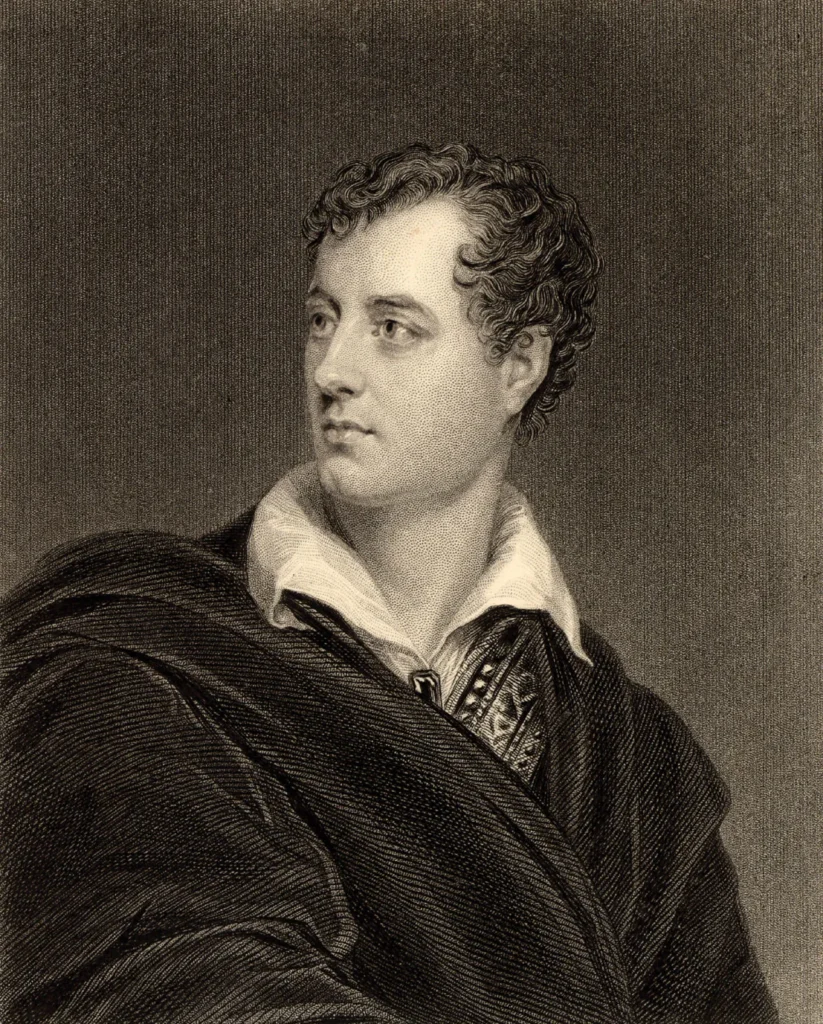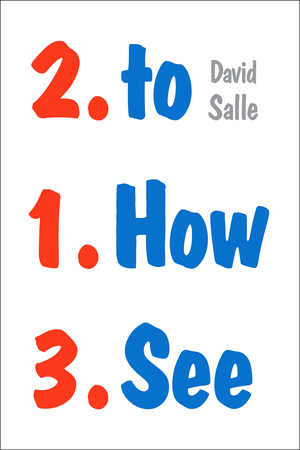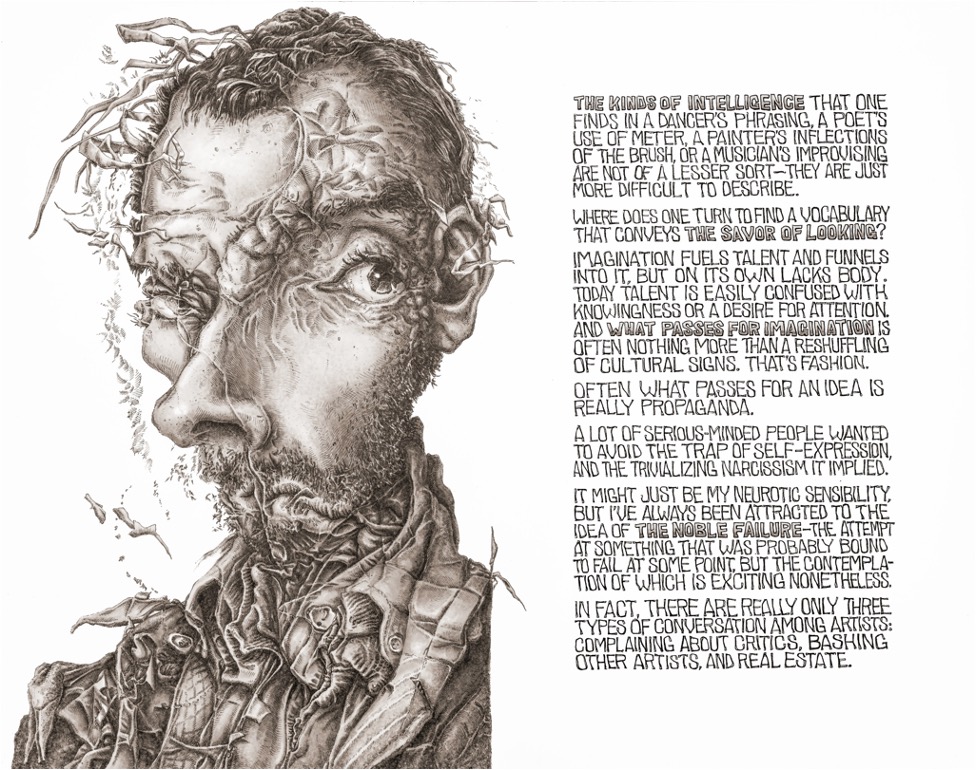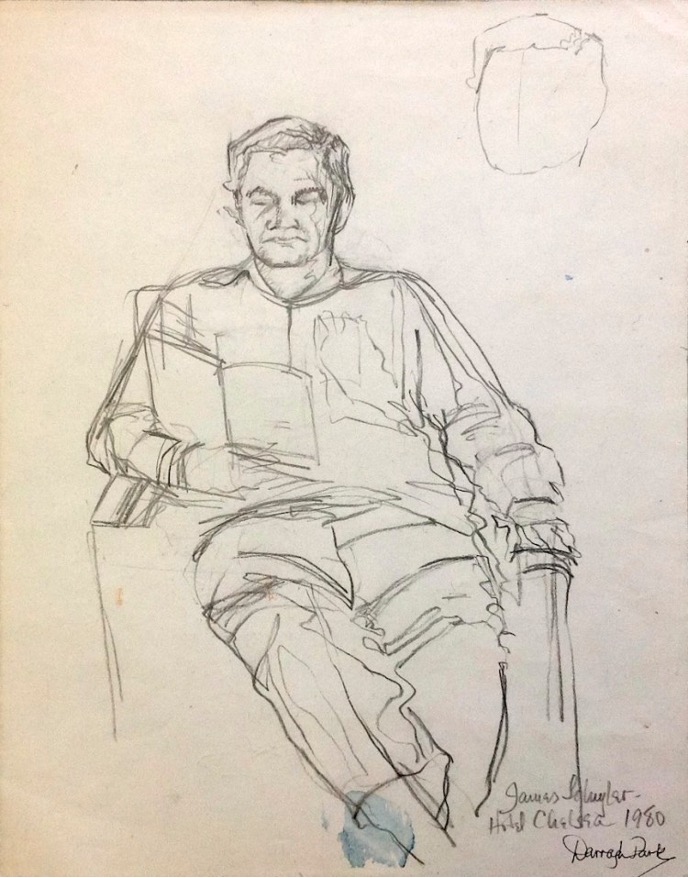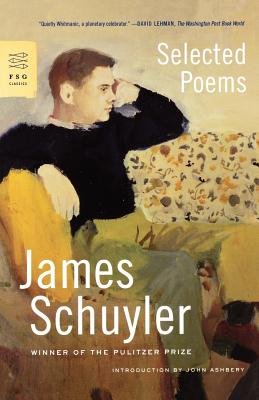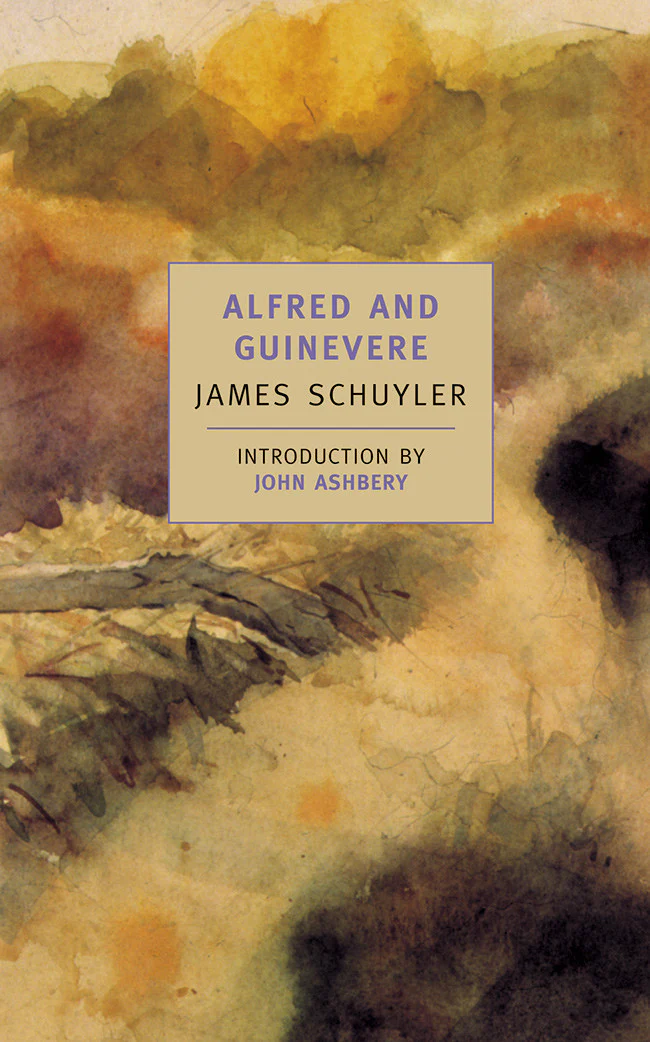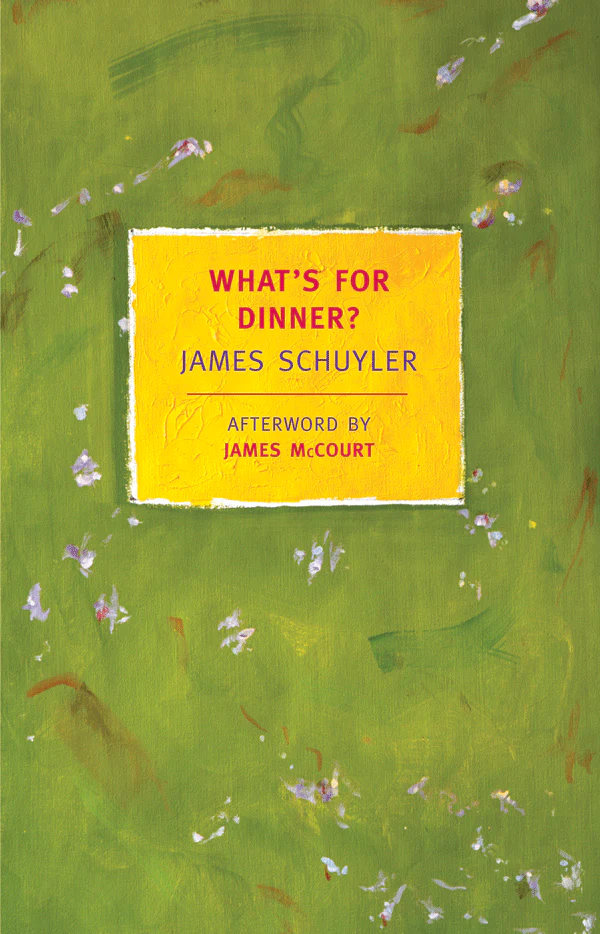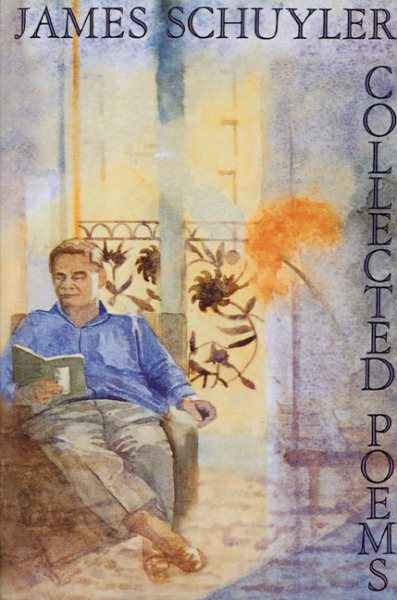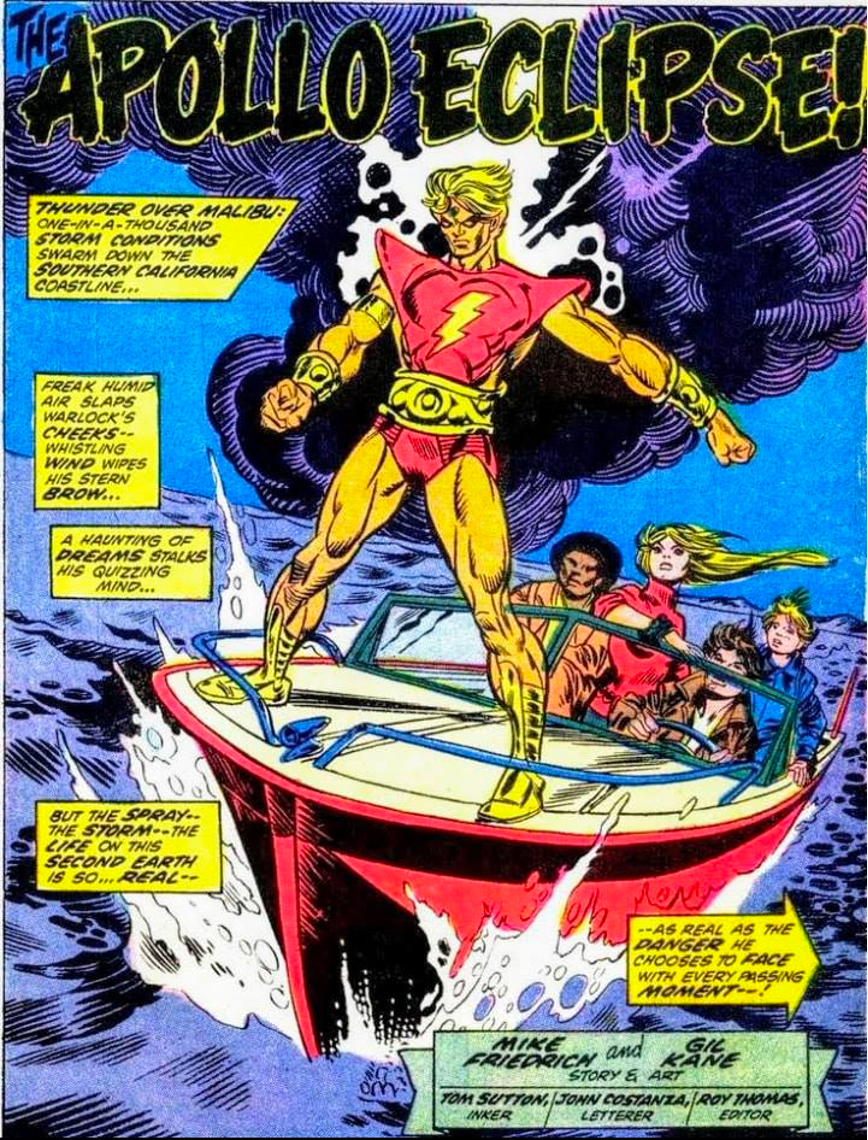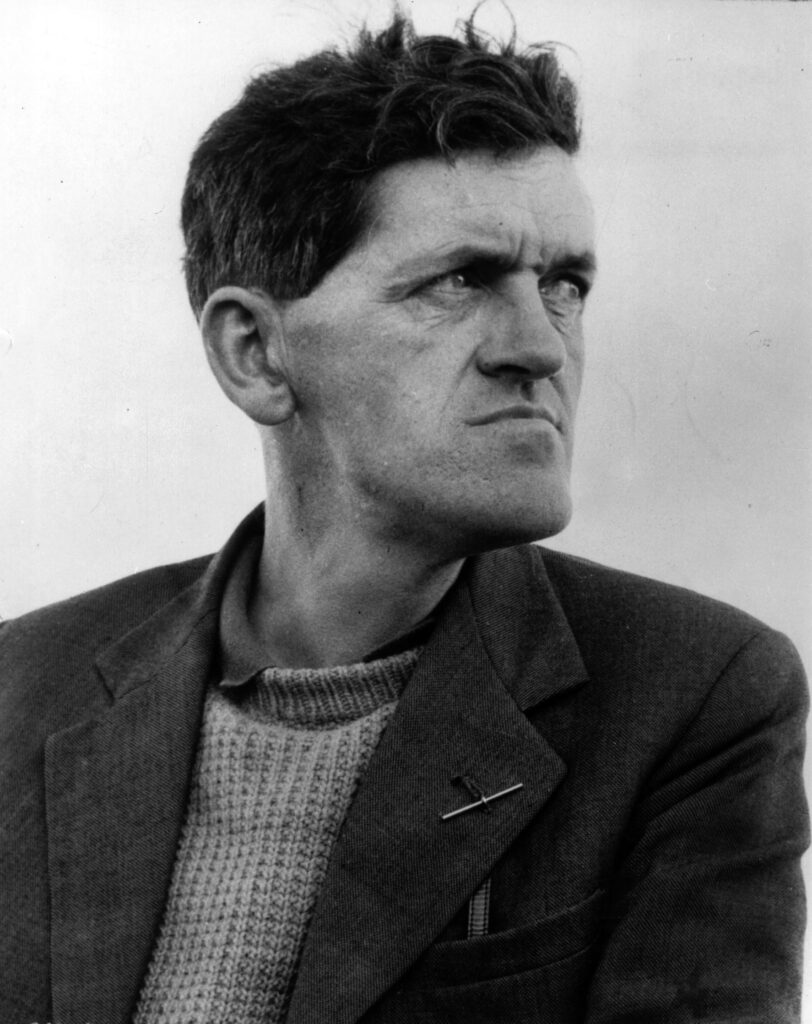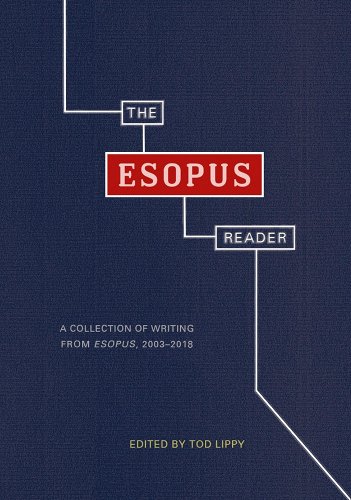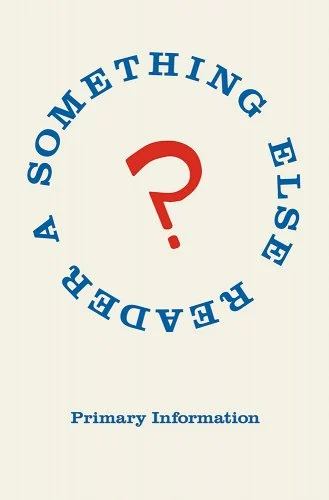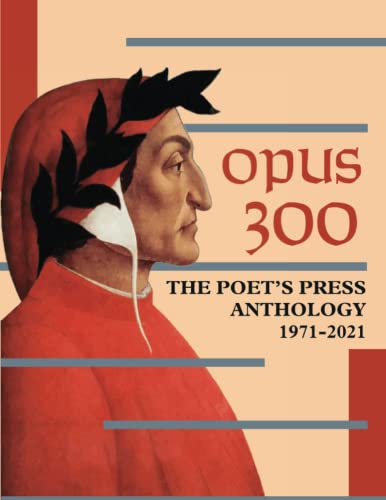by Kevin Brown
Our Colette problem isn’t that there’s too little of her. The problem is where to begin. Did she write fifty, seventy-five books? Nobody knows. Most agree the Chéri novellas are a good place to start. Chéri and The End of Chéri, two novellas with recurring themes and characters, tell distinct but related stories about a complicated relationship between forever-teen Frédéric Peloux (“Chéri”) and aging ex-courtesan Léa de Lonval. Two recent translations of these works offer readers the opportunity to engage them anew.
1.
Chéri is Léa’s book. Like French classics such as Red and Black, Lost Illusions, Madame Bovary, and Swann’s Way, Chéri immortalizes one of fiction’s least forgettable women, and each of these books is as remarkable for what it has in common with the others, commonalities too numerous to be coincidental, as for what distinguishes it.
Adultery, for example, figures in all of these books, but they’re about more than cheating—they’re about corruption, seduction and betrayal. In Balzac’s Lost Illusions and Lost Souls, street prostitutes swarm the muddy arcade of the Palais Royal. The same is true of the town Rouen in Madame Bovary. As Chéri begins, the Eiffel Tower is new, and Léa is among the last of the courtesans, representing the end of an era dating back to antiquity. (Courtesans were less sex workers than stylish ladies “kept” by wealthy men who could blow a couple thousand francs a month to maintain them in style.)
Aging out from this profession, Léa has never lost her head until now. The façade Léa presents is that of someone who’s seen everything, but she’s kidding herself. Controlling though she is, Léa—like Charles Bovary, like Emma, like Swann—will play the fool for love. Sooner or later, everybody does.
Like Stendhal, Balzac, Flaubert, and Proust, Colette creates self-contained worlds crammed with material objects. Her characters are eccentric; Madame Camille de La Berche, whom translator Paul Eprile calls “the Baroness,” blurs gender boundaries; she’s as laconic as others are prattling, but when she does speak, she is blunt to the point of rudeness. Washing down snails with cheap white wine, she barks, brays, or whinnies. Hairs sprout from her nose, knuckles, ears, and upper lip.
On Thursdays, Fred’s mother Charlotte Peloux entertains guests like Léa. Flush with seventy-four-year-old brandy, they play card games and gossip. (“Colette’s militancy is limited to the boudoir,” as Judith Thurman says in her introduction to Colette’s The Pure and the Impure [New York Review Books Classics, 2000].) For people passing from youthful beauty to old age, “loosened up by a martini” (as translator Rachel Careau puts it in her version of Chéri), cat-spats help pass the time.
Léa is queen bee of the clique—but it’s unclear whether she has real friends or just deal friends. What’s very clear is that she keeps her enemies close. Léa makes a killing off December crude in the stock market, which brings out the competitor in Madam Peloux, a wily trader herself. Colette’s irony is hypodermically fanged. Léa’s observation of Ma’am Peloux, fidgety and prattling, a chicken head fluttering her chicken wings, is typically pitiless. Lolotte’s every utterance, her every “swoon and squeal,” is trumpeted at the top of her lungs. She “never repeated a truism less than twice.” Picture Jimmy Two-Times from Goodfellas, “who got that nickname because he said everything twice, like: ‘I’m gonna go get the papers, get the papers.’”
More interesting than what Charlotte and Léa say about Chéri is what they don’t say. Charlotte birthed him, but Léa informally adopted and practically raised him from the time his ribs were still showing. Léa scolds and coddles him, like an overprotective mother, saying things like, “Put on your overcoat, you might catch cold” or “quit picking at the little hangnails on your toe.” When Fred sulks or throws one of his little tantrums, Léa strokes his head as if he were a house pet: “There . . . there . . . What’s the matter?” Fred needs Léa as much as, if not more than, he needs his own mother, who knows it. Sex is almost beside the point.
The Chéri novellas are studies in what Julien Gracq, in his Afterword to Chateaubriand’s Memoirs from Beyond the Grave, called power “fallen to the distaff.” Sidonie-Gabrielle Colette was the daughter of a retired captain, but her mother Sido gave the orders. Lion cubs raised by prides like these will find the pattern easy to spot.
Madame Peloux arranges a lucrative marriage between Fred and Edmée, a teen who never makes a fuss; she “has a way,” mère Peloux tells us, “of swallowing affronts as if they were sweetened milk.” One month passes and Léa pretends she no longer cares but in her well-appointed world, things aren’t quite right. She loses sleep; she imagines Fred making love to Edmée’s perfect, youthful body. Little things begin to bother Léa, like the broken glass in a picture frame.
Six months pass. Fred can’t stop obsessing over his “Nounoune.” One midnight, as Léa’s wandering thoughts search out their slippers and ready themselves for bed, who on earth should ring the bell and bound up the stairs?
“I’ve come back!”
After the lovers consummate a final tryst, Léa dreams of the life they’ll escape into, the way a mother visualizes a nursery. Like Emma, like Mathilde de la Mole, Léa actually believes they’ll run away and live together happily ever after. It’s too late for that. Between that second slice of toast and hot chocolate, the love affair comes to an end. Fred, the boy who hasn’t yet become a man, has wrecked not one but two unhappy homes. As for Edmée, what will become of her?
2.
Chéri (1920) is Léa’s book. The End of Chéri (1926) is Fred’s.
*
“Colette in English,” says Judith Thurman, “has never sounded like Colette.” Until now. Careau gets granular, in an 18-page Translator’s Note, on the challenges of translating Colette into English, noting that the author belongs to the Generation of 1870, an era marked by Prussia’s military defeat of France, the Third Republic, and the French Union of 1946-1954, the year Colette died. Careau resists bringing Colette’s idiom up to date, but it should be noted this is a tactic, not a mistake.
Of course, sometimes it works and sometimes it doesn’t. Careau uses the word “reticule” for what Eprile translates as “handbag”; very likely, she’s attempting to replicate in English what Michael La Pointe calls Colette’s “occasionally archaic diction.” A poet in his own right, Eprile resorts to different tactics; his “Damn!” is current usage so idiomatic it doesn’t draw attention to itself, whereas Careau gambles that “drat!” won’t seem jarringly antiquated.
As Lydia Davis has argued when speaking of her own acclaimed translations of Proust, sometimes “what one gains in exactness one loses in expressive power.” Careau’s fidelity to Colette’s “concision, subtraction, condensation” makes her version seem intentionally raw. In the context of World War I, for example, Eprile’s phrase “somebody who’s been mustard-gassed” has more immediacy than Careau’s “a gassing victim”; it actually speeds up rather than bogging down the text. Elsewhere Careau writes, “We’re purebred Parigots, we are!” and this is exactly what Colette says: “On est des parigots de race, nous!” But Eprile suggests that what Colette really means is, “We’re the real Parisians!”
On some occasions, Eprile hews closer to the original, preferring to leave untranslated a word that works better in French. For example, in The End of Chéri, a pivotal character with a smelly “matted crow’s nest of hair,” shuffling about in felt house-slippers and surrounded by the paraphernalia of her vices (tarot cards, snuff boxes, a revolver, etc.), is called by Careau “the Girlfriend”; Colette and Eprile both call her “La Copine.”
The half-dozen things Careau considers outright flaws in a translation are sometimes judgment calls or clarifications; living writers working with a translator will often consent to or even insist upon such changes. Substitution is not always wrong. In fairness to Eprile, alterations that might seem like embellishments or omissions are sometimes unavoidable. Things Colette leaves unsaid Eprile will explain by way of addition: The green-and-red ribbon Fred absent-mindedly fingers, for example, is specified as the Croix de Guerre, a medal of bravery. Consistent with her strategy, Careau prefers supplying useful endnotes, eleven pages of them, to paraphrase or otherwise explain these references.
Colette’s prose is reputedly hard to translate. Careful writers stack word-associations and the play of overtones as if they were musical chords, and Colette does this, scaling up and down registers, formal and informal, technical and slang. Her vocabulary is large because it consists of words—the botanical names of flora and fauna, a lush and nuanced color palette, specific foodstuffs and kitchen utensils, regional colloquialisms—which may not reflect the reader’s everyday usage, though a gardener or a gourmand might find them less strange. In short, Colette is a prose poet, and poetry is often challenging for casual readers because of its extreme compression and associative properties. Sensory confusion—synesthesia is the technical term—is one aspect of this; in Colette, cherry brandy smells like hydrogen cyanide, and she likens that rot-gut whiskey smell to “wet bridle leather.”
And while two new reappearances of the Chéri novellas may seem like overkill, it’s not Eprile’s or Careau’s fault that Colette should be translated for the umpteenth time by two different publishers in the same year while so many other writers languish in relative obscurity. Our Colette problem is a publishing industry problem: While some noteworthy presses (including the two who issued these books) are generating this kind of work, ever-fewer imprints promote ever-fewer writers from chronically under-represented parts of the Portuguese-, Spanish-, and even French-speaking worlds—to say nothing of languages less familiar to the average American.
Which brings up the economics of literary translation. Careau’s version is eighty-five production-cost pages longer than Eprile’s, and hews more closely to the original French publication. This makes for an aesthetically heightened experience: In terms of paragraphing and space-breaks, Careau mimics to great advantage the breathing room, section breaks, and overall musical sense of Colette’s prose rhythms. But neither translation renders the other superfluous; this isn’t a zero-sum game. Leave glaring mistranslations to scholars with native or near-native knowledge of French. There’s something for everybody to quibble over.
*
Like many classic French writers, Colette came to the capital from the provinces, seeking fame on the world’s biggest stage. Proust was the only one born anywhere near Paris, in Neuilly; Stendhal came from Grenoble, Balzac from Tours, and Flaubert from Rouen. Like Balzac, Colette pushed herself to the point of exhaustion and beyond, sometimes writing for ten hours a day. She was also, as she says of Léa in The End of Chéri, “clear eyed, shrewd in the way of country folk.” As editor at Le Matin, she commanded Georges Simenon to leave all that literary stuff out of his writing, and she creates the illusion of having followed her own advice—but the Chéri books are read 100 years after publication for good reason.
That reason involves Colette’s creation of the narrative as a summa of sensory perception. Knowledge of self, carnal knowledge, aren’t bookishly arrived at in this tale. In her Foreword to the Careau translation, Lydia Davis suggests Colette may have been stereotyped by critics because her early books seemed to be about marriage, domesticity, and interpersonal relationships. Today, it’s obvious the Chéri novellas are those of a writer very much in the classical French literary tradition. Three classical elements of great writing are superabundant in Colette: (1) breadth of experience; (2) depth of insight; and (3) elevation of style. She can be lushly chromatic but also very precise, the way Ravel is said to be. Only rarely is she guilty of what Michel Leiris calls, in his dazzling Brisées: Broken Branches (as translated by Lydia Davis), “the evasiveness of lyricism.” Her prose is justly celebrated for its classical restraint and discipline.
Another way to come at this is to note that the Chéri novellas are composed, to a very intentional degree, of surfaces. There are soft-tissue surfaces (keratin layers of nails, hair, and skin sculpted into hollows of collarbone, forearms downed like cornsilk) and hard surfaces (the heavy décor of 1888, torpedo cars). The fundamental layers of interior design are all lush: color, lighting, line, patterns, texture, fabrics. Colette expends much narrative energy on sets and costumes, detailing, for example, how “Léa went out with the determined gait imposed by certain shoes and certain homespun clothes on their wearer.” No less than Stendhal, Balzac, Flaubert, and Proust, Colette is entirely serious about the whims of fashion. One Careau endnote cites a longstanding milliner mentioned in Coco Chanel: An Intimate Life (2011), and this is not frivolous; people who wouldn’t be caught dead in a morning coat at the races may remember historical events somewhat hazily, but they have elephantine recollections of the hat they wore at Del Mar on opening day in 1937. Surfaces, the relentlessness of details rooted in mundane reality, are how Colette conveys the interior life of her characters.
Colette is doing many (if not more) of the things her literary confreres are noted for as well. She’s as creative as Stendhal in her use of point of view, which hummingbirds back and forth between omniscience and interior monologue. Her social canvas, from the demi-monde to the haut monde, is as deep and wide as Balzac’s. Her savagery is laugh-out-loud-funny, like Flaubert’s. Léa’s catnap is as convincingly experimental as Charles’s carriage dream in Swann’s Way. And, like Proust, Colette reveals that time is not a clockwise construct of past, present, and future, with measurably fixed durations; linearity breaks down in The End of Chéri because Fred’s sensory perceptions flow in such a way that his experience of a given point in time is almost indistinguishable from any other. Colette does all these things brilliantly, but with what Careau calls “extreme and seemingly effortless economy” because she jettisons many of her predecessors’ creaky plot conventions—ladders and forged letters, for example—while usefully retaining others, like spying and attempted bribery.
*
The End of Chéri
The End of Chéri is in some ways as much a post-World War I fiction as Mrs. Dalloway. Fred returns home from the Great War, as Stendhal had from the Napoleonic wars, but he doesn’t see himself as the frustrated hero Julien does. Rather, Fred suffers from post-traumatic stress disorder: He flashes back to trenches full of corpse-kids killed by shrapnel, reliving how he was nearly suffocated by bodies blown apart and raining down. Fred isn’t physically disabled, but he’s damaged goods, and those who knew him before the war worry. Fred doesn’t eat right; he loses weight; he neglects his appearance. Perhaps most tellingly he invents excuses—the late hour, a headache—to avoid having sex with Edmée.
In Colette, historical events and movements on the world stage don’t unfold as mere backdrops. They allow her characters to occur and recur from book to book, as they do in Balzac, but also to grow and change—as in Balzac they sometimes don’t. Careau devotes eleven pages of endnotes to Colette’s historical references. Americans are everywhere, as are African Americans and jazz. In Chéri, Edmée seemed a reticent young girl, but that’s really because boarding school and other forms of banishment from her jealous mother’s increasingly remote affections taught Edmée silence and cunning. Five unhappily married years and a World War later, head nurse Edmée practically runs the hospital for wounded veterans, where she works.
Mirrors are everywhere Fred looks, but there’s much he never sees. Like Julien, Fred is such a pretty boy that women’s “silent tribute” follows him through the streets. He hardly notices. Fred can be cold and distant, but he doesn’t work at striking that pose the way Julien does. It just comes naturally. In neither novella does Fred gain sudden insight into who and what he really is; he doesn’t see himself through the lens of French history or society the way, without sermonizing, Colette reveals him. His growth is stunted—to what extent by Léa’s unofficial, six-year adoption, a “long adolescence under trusteeship,” it’s hard to say.
There’s a reason people treat Fred like he’s twelve years old. Six years younger, Edmée is in some ways typical of strong women whose dominance in the domestic sphere leads conceited, greedy, and entirely obtuse husbands around by the nose. She has become the adult in the room. Is Edmée having an affair with the hospital’s head doctor, or is she just trying to make Fred jealous? We cannot know for sure, but what’s easy to see is that she rules the roost with authority, and is faithful, at least, to keeping up appearances. Not that Fred cares—he’s too busy looking in the mirror to keep up appearances beyond it.
Fred’s distracted irritability, his sociopathic indifference toward the feelings of others, his extreme self-absorption, and his miserliness aren’t his most striking characteristics. Stendhal correlates Mme. de Rênal’s outer beauty with her inner goodness; Colette contrasts Fred’s beauty with his almost complete lack of moral compass. In The End of Chéri, he seldom laughs; he’s become such an unsympathetic character that even dogs and cats shun him. He seems especially perplexed by changing gender roles. During the War, women were driving supply trucks, hanging around auto-mechanic garages, smoking cigars, and talking politics. Now they want the vote.
Edmée has come into her own and lives, under the same roof, a life increasingly emancipated from Fred. Fred himself is not so circumspect. He has reached the point where he can conceive of nothing that interests him or motivates him to think beyond the present moment. With no real friends, only hangers-on who fear “the final hour of [their] prosperity has come,” Fred is someone who no one needs. He hires friends the way clients hire courtesans. Alienation, anomie, and boredom are overarching themes The End of Chéri shares with Red and Black.
And by the end of The End of Chéri, Fred doesn’t even pretend to love Edmée. Their marriage has deteriorated to the point where he loves jewelry-shopping for her—bracelets, headpieces—more than he loves her for herself. It helps him pass the time. He’s as repulsed by his wife’s perfect body as she is with his perfect face. He doesn’t dote on actual children, yet he asks if she wants to have a baby. “He wrung his past, squeezed out the remaining juices onto the desert of his present,” Colette tells us. Even before his last day, rigor mortis has begun to set in. Fred’s looking for a foxhole to die in. Fred is thirty years old.
*
Despite spending the last years of her life bedridden with crippling arthritis of the hips, Colette outlived Proust by thirty years or so, and published twice as many pages. Among those pages, Chéri and The End of Chéri have aged beautifully. These new editions prove without a doubt that Colette’s great novellas are brief, but they are not small.
